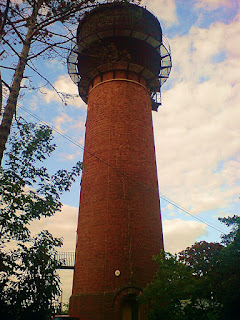Vattentorn Svampen, Örebro

Svampen är ett vattentorn i stadsdelen Norr i Örebro. Svampen ritades av arkitekterna Sune Lindström och Poul Kyhl vid AB Vattenbyggnadsbyrån i Stockholm. Vattentornet är 58 meter högt och rymmer 9 miljoner liter vatten. Det invigdes i maj 1958 och ersatte då Södra vattentornet och Norra vattentornet. Svampen är en populär turistattraktion och erbjuder en fantastisk utsikt över Örebro och omgivningarna. Vattentornet är öppet för besökare under sommaren. Svampen är ett av Örebros mest kända landmärken och är en symbol för staden. Vattentorn Svampen, Örebro - Blommor85 Lär dig mer om vattentornets arkitektur och driftschema. Ursprung för vattentorn Användningar av vattentorn Vad vattentorn är gjorda av Pumpsystemet Hur vattentorn fungerar Vattentornets kapacitet och tryck Filtrering av vatten Underhåll av vattentorn Fördelar och nackdelar med vattentorn Arkitektur för vattentorn Vattentorn idag Ursprunget till vattentorn Termen "vattentorn" dök först upp i franskan 1704, med ...


.jpg)


